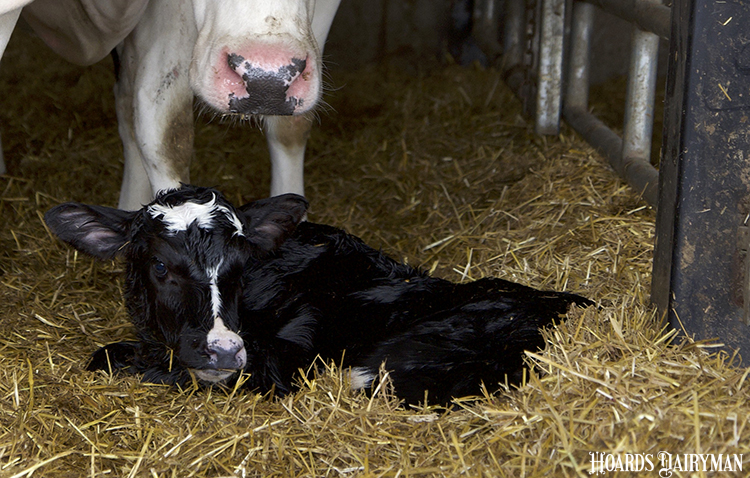
Within the year of finishing my postgraduate studies, I worked in the industry for a company involved in the production of vitamins and other additives. As if it was yesterday, I remember pitching a product to an intelligent nutritionist from Castrolanda, a Dutch cooperative located in the area of Curitiba, Brazil. According to the scientific evidence, feeding this product to lactating dairy cows would improve the conception rate of the herd and enhance reproductive performance. This should result in more calvings and peaks of production per year and, therefore, more milk production.
With great respect to me (quite young at the time, by the way), the aged and experienced nutritionist responded, “Why do I want more calvings in the herd if each calving implies a great stress and health risk to the cow?” Despite having my own perspective, that was one of the most memorable teaching moments of my professional life. This other person showed me a different and valid perspective of a same issue. Who was wrong or right?
Two perspectives
Several years later, I found in the Journal of Dairy Science a recent study performed in the Netherlands in which the authors evaluated the effect of extending the voluntary waiting period (VWP) and the calving interval (CI) on milk production, lactation persistency, and body condition score, among other variables. For this study, primiparous and multiparous cows were subjected to either a 50-, 125-, or 200-day VWP. Each cow was monitored from calving until six weeks after the following calving. After excluding culled cows from the analysis, the authors reported that multiparous cows with a 200-day VWP produced 59 pounds of fat and protein-corrected milk per day, whereas multiparous cows with a 50-day VWP produced 65 pounds of milk per day. For primiparous cows, milk production was unaffected by the length of the VWP. So far, a short VWP seems appealing. However, is this enough to counterbalance the deleterious effects of calving stress?
Looking to lactation persistency, milk production declined from 100 to 200 days in milk at similar rates for all VWP, suggesting that pregnant cows do not necessarily drop milk yield at faster rates. Finally, VWP did not affect the body condition score (BCS) during the first 44 weeks of lactation. However, multiparous cows in the 200-day VWP finished the lactation with a BCS equal to 3.5, whereas multiparous cows in the 50-day VWP finished the lactation with a BCS equal to 2.6. For primiparous cows, BCS was similar among VWP.
After reading this article, the reader might wonder, again, who was right and who was wrong in this scenario. Honestly, I do not think it matters what the right answer is. Both perspectives are valid. Having said that, I will close with a follow-up question, Should we not be evaluating the effect of extending the VWP on some economic variables?








